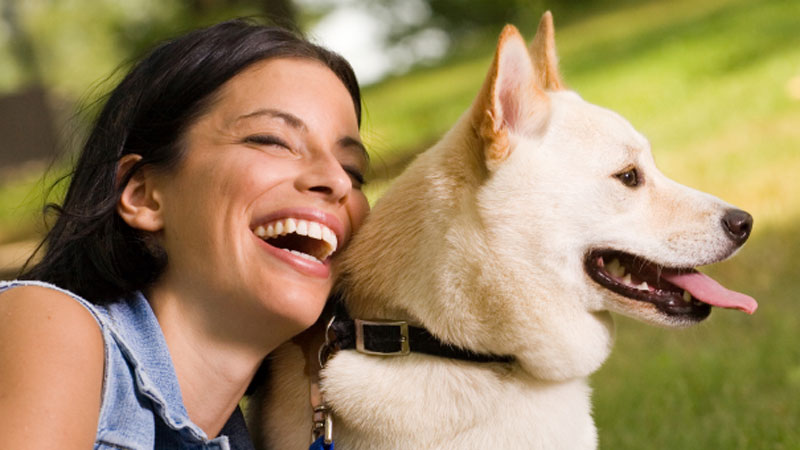What happens when your dog goes for an operation
Leaving your dog anywhere is often an upsetting experience but leaving them at the vets for an operation is even more stressful. Whether it's for routine neutering or for emergency lifesaving surgery, that agonising wait for the phone call to say all has gone well is horrible.
While there is no guarantee there will be no problems with the anaesthetic, deaths associated with surgery are incredibly rare.
On arrival at the surgery, you will go through a consent form. This will explain the procedure your animal is undergoing and will have a certain number of additional questions that are important to ask before the anaesthetic. Most importantly your vet will need to make sure the animal has been starved overnight; the anaesthetic can make animals vomit and if they are asleep their gag reflex disappears so vomit could potentially be inhaled leading to pneumonia.
You vet will check to see if your dog needs a pre-anaesthetic blood test to check liver and kidney function. Sometimes the vet will insist on this in an old dog or if there is a particular worry with kidney or liver function. In younger, healthy dogs the vet will usually leave to decision up to the owner. Your vet will check that your dog’s lungworm treatment is up to date. This is really important as lungworm can prevent blood clotting so there is the potential for significant blood loss if the animal is positive. If treatment is not up to date, then we can perform a blood test to check lungworm status prior to anaesthesia.
Your vet will check that they have the correct contact details to call you following the procedure or in the unlikely occurrence that there is a problem. Then you will be asked to sign the form. Once you have left your dog with the vet, they will have a check over, including a heart check with a stethoscope. Your dog will be weighed then taken to a kennel. They will be made comfortable with bedding.
The nurse will then prepare the drugs necessary for the anaesthetic. This includes a pre-med. A pre-med is a combination of drugs given under the skin or into the muscle about 30 minutes prior to the procedure. It helps reduce anxiety and will mildly sedate the dog and usually contains an analgesic to reduce any painful stimulus caused by the upcoming surgery. It also reduces the amount of anaesthetic required.
Once the dog has settled with the pre-med it will be taken into theatre. The vet will administer the anaesthetic drug intravenously to allow the introduction of an ET (endotracheal) tube into the dogs’ windpipe. This is attached to an anaesthetic machine which delivers a combination of oxygen and gaseous anaesthetic which keeps the dog asleep. While the vet is performing the procedure the nurse will continually monitor your dog to assess its level of anaesthesia then adjust the dose of anaesthetic accordingly.
Once finished the vet will let the nurse know that the anaesthetic can be turned off and the nurse will continue to constantly monitor the dog until the gag reflex has returned and it can swallow. At this time the ET tube is removed, and the dog is returned to its kennel in recovery where it will be kept warm and monitored until it is more responsive. This is a variable amount of time; some dogs will be pretty much awake once the ET tube is removed but others take longer to come round completely.
As soon as the nurse is satisfied that the dog has regained consciousness, they will telephone the owner to reassure them. Once the dog is sitting up it will usually be offered food as they are often very hungry. Most dogs are ready to go home 2-3 hours after an operation, but some do take longer. You will have a discharge appointment with the nurse who will discuss the procedure and any post operative instructions.


